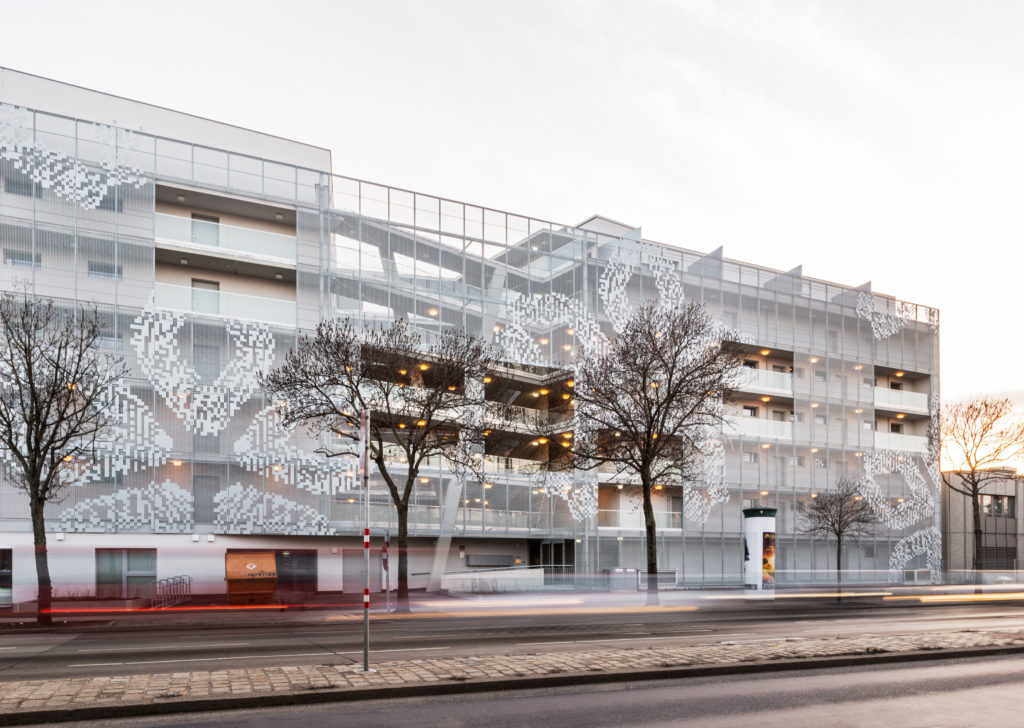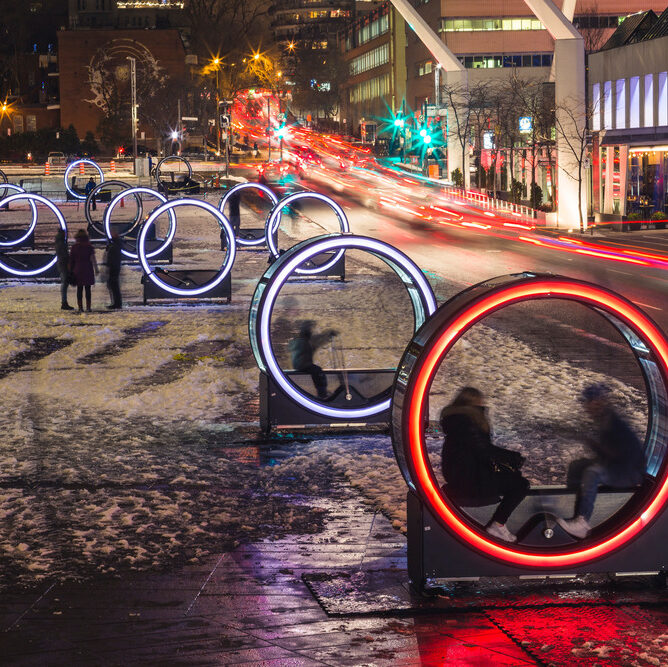
A new interface of city and cultural landscape will be developed in the new urban district of Freiham Nord in western Munich.
West of Munich, at the interface of city and countryside, the new urban district of Freiham Nord will be developed. Not a continuation of peripheral areas with detached houses but an extension of the densely built-up city.The appeal of the experimental, often inherent at the interface of city and country, may well be lost. A park is to create a transition to the landscape. It is currently being designed in a two-stage competition.
A new interface of city and cultural landscape in Munich
Munich, western periphery, Aubing suburban railway station – the view from the train reveals backyards and rear sides. Everyday things, nothing showy like those that run along wide arterial roads. Repetitive images: detached houses, commercial areas, allotments, housing estates. At the station a large board advertising urban living greets arrival passengers. It shows white houses with flat roofs, terraces and French windows. “We want to create urban living like you have in the city but green like in the countryside”, says Elisabeth Merk, head of Munich’s department of urban planning. The urban still seems a promise here. The road from the station runs between a cemetery and residential high-rises, lined with buffer planting and ruderal species. Suddenly there is a field boundary and the view opens up to the west. Motorway traffic drones behind a noise barrier on the horizon. Somewhere in the gap two construction cranes turn: they are building the schools first. Unlike Madrid for example, where large access roads complete with all utilities were constructed on the urban periphery during the property bubble and have since been waiting for the development of housing and residents to arrive in vain (see Topos 94), Munich has been growing continuously: around 213,000 inhabitants are anticipated between 2011 and 2030 with an estimated need for 150,000 dwelling units. (…)
Find the whole article in our current 98th Topos edition
Skyscrapper
Halfpage











